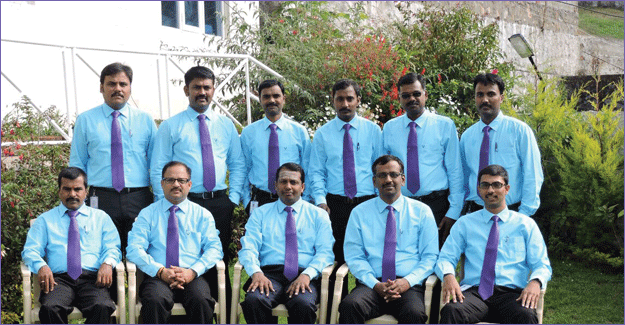South Asian Intra-Regional Trade Needs To Grow
South Asian Intra-Regional Trade Needs To Grow

SAARC (South Asian Association for Regional Cooperation) is the largest populated region where the middle class is fast growing. It has an impressive array of natural resources. With attractive growth market and strategic location it has largest skilled manpower and professional managers available at competitive costs.
The 'macro' natures of the region signify optimism for trade and investment. Although it has high potential to increase intra-regional trade, South Asia is the least integrated region in the world, dwarfed by East Asia's 35% and Europe's 60%.
It's 20% cheaper for India to trade with Brazil than with its neighbour Pakistan, the World Bank report 2015 says. As far FDI is concerned its inflows to India surged by 22% to about US% 34 billion improving its position to 9th top host country for FDI in 2014, over its rank of 15th in 2013, the UNCTAD's World Investment Report 2015 says. The top four recipients in South Asia of FDI inflows were India, followed by Pakistan and Bangladesh (US$ 2 billion each) and Sri Lanka (US$ 1 billion).
Trade scenario
The physical infrastructures of most of the SAARC countries are not well developed. Border and customs are inefficient with congested border crossings. Moreover the circuitous routes to enter markets of the region increase cost to the traders and investors.
There are not adequate trade agreements among the countries of the region. There are also problems to trade due to cold relations between some SAARC countries. Reduced trade frictions could increase India-Pakistan trade from less than US$ 3 billion to US$ 20 billion and there is high possibility to raise Bangladesh exports to India by 300%.
Going forward
FDI is open in most of the sectors and mostly no government approval is required in all the countries of the region. There is equal treatment to foreign and local investors.
Government ensures legal protection to foreign investment against nationalisation and expropriation and allows repatriation of proceeds from sales of shares and profit. Significant investment incentives exist in most of the countries.
The major sectors for trade and investment in the SAARC region are information-technology (IT), pharmaceuticals, biotech, micro biology sophisticated metallurgy, manufacturing, infrastructure improvement, etc. But SAARC lacks brand recognition.
Except Bhutan, SAARC countries have increased their bilateral agreements with global countries. To go forward, it is urgently needed to reduce tariffs and non-tariff barriers and quotas, leverage private and inter-governmental investment. Moreover investing in efficient connectivity and border crossings and liberalising services such as logistics, shipping, air travel, etc. are also very essential.
(The author is a former Under Secretary at Ministry of Finance and was associated with United Nations Development Program Sierra Leone and South Sudan. He is also writer of a novella - The Violent Nile)



 textileexcellence
textileexcellence 







